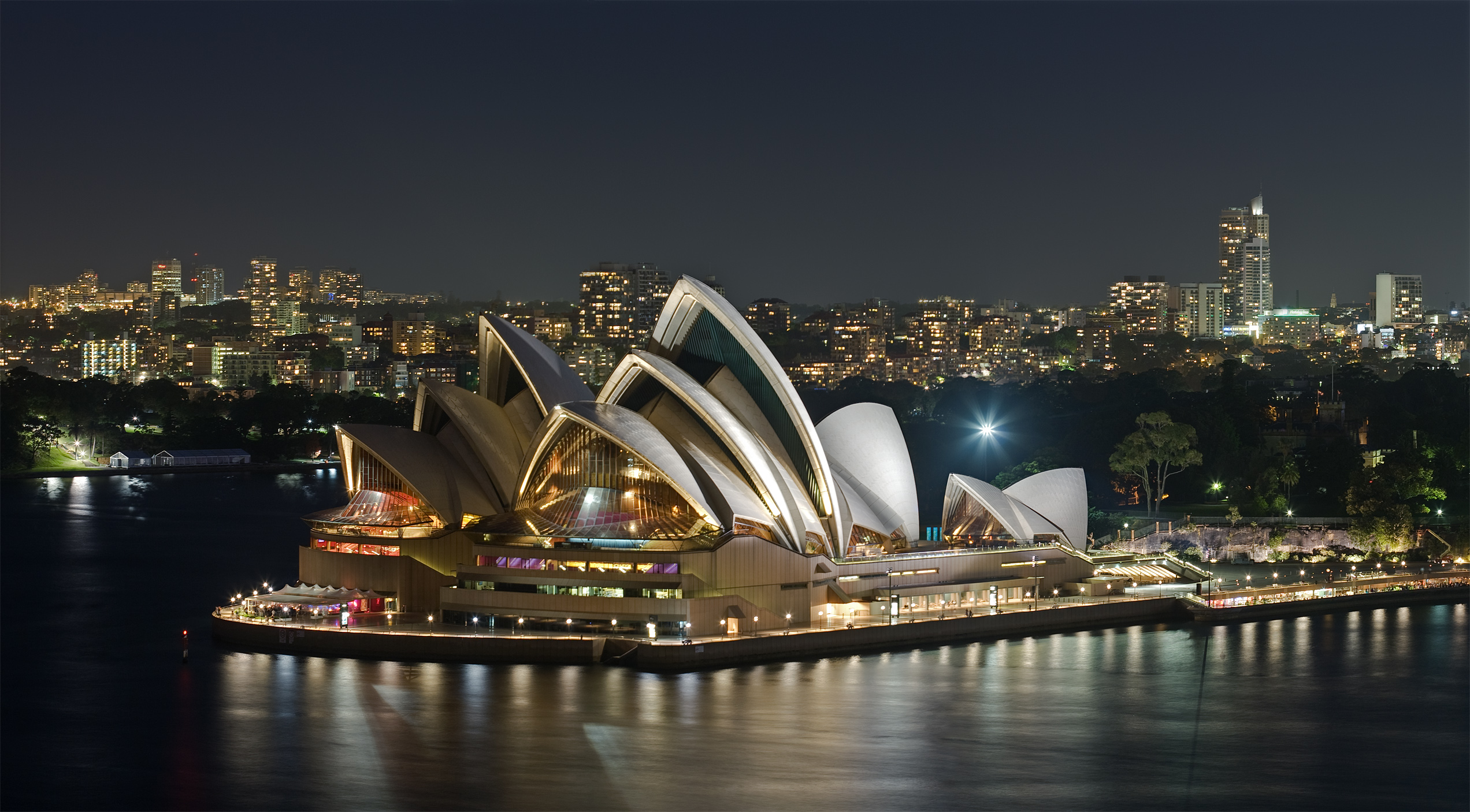The history of Australia refers to the history of the area and people of the Commonwealth of Australia and its preceding Indigenous and colonial societies. Aboriginal Australians are believed to have first arrived on the Australian mainland by sea from Maritime Southeast Asia between 40,000 and 70,000 years ago. Theartistic, musical and spiritual traditions they established are among the longest surviving such traditions in human history.
The first known landing in Australia by Europeans was by Dutch navigator Willem Janszoon in 1606. Twenty-nine other Dutch navigators explored the western and southern coasts in the 17th century, and dubbed the continent New Holland. Macassan trepangers visited Australia's northern coasts after 1720, possibly earlier. Other European explorers followed until, in 1770, Lieutenant James Cook charted the east coast of Australiafor Great Britain and returned with accounts favouring colonisation at Botany Bay (now in Sydney), New South Wales.
A First Fleet of British ships arrived at Botany Bay in January 1788[1] to establish a penal colony. In the century that followed, the British established other colonies on the continent, and European explorersventured into its interior. Indigenous Australians were greatly weakened and their numbers diminished by introduced diseases and conflict with the colonists during this period.
Gold rushes and agricultural industries brought prosperity. Autonomous Parliamentary democracies began to be established throughout the six British colonies from the mid-19th century. The colonies voted byreferendum to unite in a federation in 1901, and modern Australia came into being. Australia fought on the side of Britain in the two world wars and became a long-standing ally of the United States when threatened byImperial Japan during World War II. Trade with Asia increased and a post-war immigration program received more than 6.5 million migrants from every continent. Supported by immigration of people from more than 200 countries since the end of World War II, the population increased to more than 23 million by 2014, and sustains the world's 12th largest national economy.

The History of Sydney begins in prehistoric times with the occupation of the district by Australian Aborigines, whose ancestors came to Sydney in the Upper Paleolithic period.[1] The modern history of the city began with the arrival of a First Fleet of British ships in 1788 and the foundation of a penal colony by Great Britain.
From 1788 to 1900 Sydney was the capital of the British colony of New South Wales. An elected city council was established in 1840. In 1900, Sydney became a state capital, when New South Wales voted to join the Australian Federation. Sydney today is Australia's largest city and a major international capital of culture and finance. The city has played host to many international events, including the 2000 Summer Olympics.
Australia
Australia
waater animals

Ururu Rock


#dichous
No hay comentarios:
Publicar un comentario